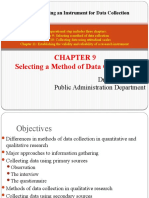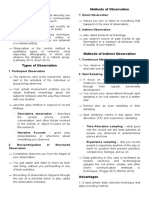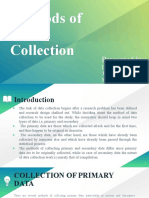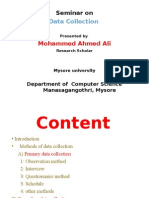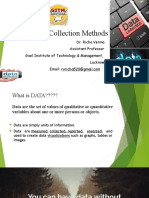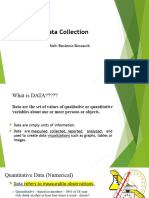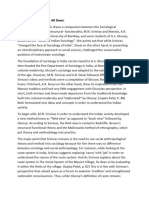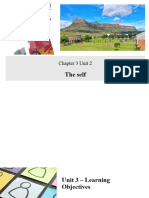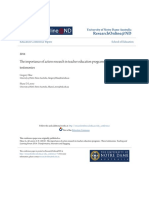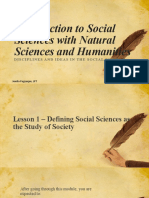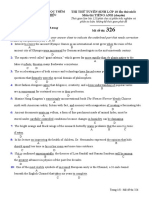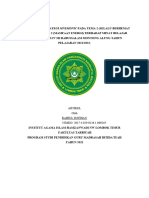0% found this document useful (0 votes)
24 views37 pagesModule 2 Methods of Assessment
Module 2 covers various methods of assessment including behavioral assessment, data collection methods, and types of questionnaires and interviews. It emphasizes the importance of systematic observation and the use of rating scales to measure behavior. The document also discusses the advantages and disadvantages of different assessment techniques, such as structured and unstructured interviews, as well as the significance of case studies and surveys.
Uploaded by
Mariyam Safreen K HCopyright
© © All Rights Reserved
We take content rights seriously. If you suspect this is your content, claim it here.
Available Formats
Download as PPTX, PDF, TXT or read online on Scribd
0% found this document useful (0 votes)
24 views37 pagesModule 2 Methods of Assessment
Module 2 covers various methods of assessment including behavioral assessment, data collection methods, and types of questionnaires and interviews. It emphasizes the importance of systematic observation and the use of rating scales to measure behavior. The document also discusses the advantages and disadvantages of different assessment techniques, such as structured and unstructured interviews, as well as the significance of case studies and surveys.
Uploaded by
Mariyam Safreen K HCopyright
© © All Rights Reserved
We take content rights seriously. If you suspect this is your content, claim it here.
Available Formats
Download as PPTX, PDF, TXT or read online on Scribd
/ 37

